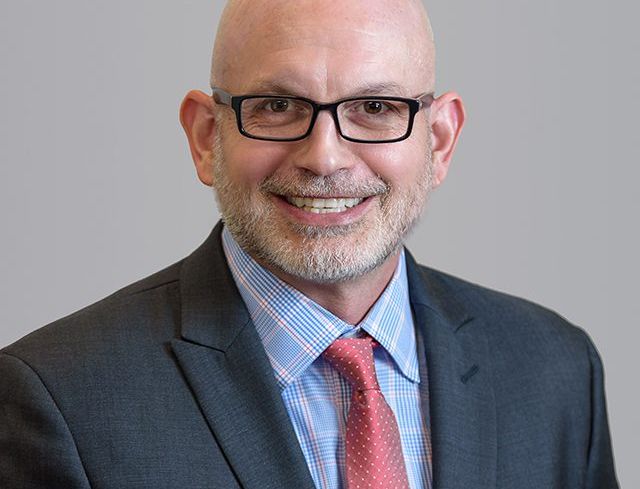Midyear Market Fundamentals in South Florida’s 3 Counties
By Chris Owen and Trey Davis August 27, 2021 12:09 pm
reprints
The recovery of South Florida’s office and industrial markets continued through the first half of 2021, with dynamics unique to each sector.
In the office market, inventory in the tri-counties recorded increases in vacant space, but that dynamic added needed options to new-to-market tenants from urban areas to the north. Each new company relocation from cities like New York validates that South Florida’s dynamic employment pool can provide firms with the human capital needed to grow and expand their businesses.
In the industrial sector, the pandemic helped fuel an explosion of demand led by e-commerce and logistics companies who needed to be closer to end customers. With three out of the nation’s four largest deep-water ports located in South Florida, the region took advantage of the upswing in consumer spending and trade as the economy bounced back sharply in the last half of 2020.
Office market
Office leasing remained depressed compared to pre-COVID levels. Approximately 3.2 million square feet in deals were signed in the first six months of 2021, compared with more than 5.7 million square feet leased in the first quarter in 2020. Throughout the pandemic, the region saw heightened demand from new-to-market tenants, primarily from the Northeast. More than 60 percent of leasing volume occurred in Class A assets, reflecting a focus on quality over value. Suburban submarkets accounted for more than 75 percent of deals signed, which was similar to pre-pandemic splits. Interest remained high for space in the central business districts (CBDs), which spoke to many tenants’ desire to remain in urban cores.
Overall asking rents for office in South Florida were $40.38 per square foot, full service, on incremental increases in all three counties. In Miami-Dade, overall asking rents rose 7.4 percent year over year to $43.02 per square foot, an all-time high. Broward’s overall asking rents rose 8.4 percent year over year to $36.52 per square foot. Palm Beach County had a 5.3 percent bump in rents in the last 12 months and ended the second quarter at $39.64 per square foot, mostly driven by rent escalations of 6.5 percent in Class A buildings. New inventory delivered over the last 18 months in Fort Lauderdale and West Palm Beach CBDs helped push asking rents higher for the overall market.
Overall vacancy rates for the region was 17 percent at the midyear, with the rate in Miami-Dade the highest at 17.6 percent, a 420 basis point jump in the last year. Broward County had a similar increase to 16.9 percent, while Palm Beach closed the quarter at 16.1 percent, up only 240 basis points year over year. Vacant space proliferated predominantly in Class A assets, as well as from new construction deliveries. This was acute in Palm Beach County, which saw several high-profile office project deliveries. Unlike several gateway cities, vacant office sublease space has not been a major contributor to increases in the rate, only 1.3 percent of overall inventory and well-below levels recorded after the last recession.
Industrial market
New leasing activity year to date totaled 7.6 million square feet in the tri-counties, up significantly from the first half of 2020, when initial lockdowns and restrictions took hold across the country. In fact, leasing activity in the first half of the year surpassed 2019 levels by 21 percent. Miami-Dade accounted for more than half of all leases signed, with 4.4 million square feet leased, an increase of 17.2 percent compared to the same period one year ago. Broward County recorded 2.5 million square feet of new leasing activity year to date, with the second quarter reaching nearly 1.4 million square feet, a 19.9 percent increase compared to one year ago. Palm Beach County, on the other hand, clocked just 621,000 square feet in the first half of the year, a 19.6 percent decrease from the same period last year, which had the highest amount of space leased for the first six months on record.
Overall asking rents in the region were $9.78 per square foot, triple net, at the end of the second quarter. Asking rents in Miami-Dade jumped 7.7 percent year over year to $9.28 per square foot, the first time ever that asking rents averaged above $9.00 per square foot. Broward County rents improved by 1.4 percent to $10.05 per square foot on steady increases for available warehouse/distribution space. Market rents in Palm Beach County decreased year over year by 1.1 percent to $10.55 per square foot, but were up 1.1 percent quarter over quarter. New product in 2021 with higher-than-average asking rents, as well as limited available space options, allowed landlords to raise rents with confidence in the first six months.
Overall vacancy ended the second quarter of 2021 at 4.5 percent, slightly higher by 200 basis points than the level from 12 months prior. Miami-Dade had the largest increases in occupancy, with the vacancy rate falling to 3.4 percent, a decrease of 130 basis points year over year. Broward and Palm Beach counties saw increases in vacancy, rising by 40 and 90 basis points, respectively. The main driver for the decrease in vacancy was the 5 million square feet of positive absorption in the first half of the year. In addition, there were 3.4 million square feet in construction deliveries, with another 6.9 million square feet under construction.
Chris Owen is director of Florida research at Cushman & Wakefield, and Trey Davis is associate director of research, South Florida at Cushman & Wakefield.



